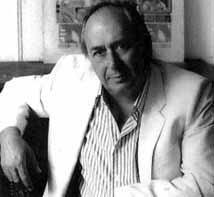
James Graham Ballard was an English novelist and short story writer, satirist and essayist known for psychologically provocative works of fiction that explore the relations between human psychology, technology, sex and mass media. Ballard first became associated with New Wave science fiction for post-apocalyptic novels such as The Drowned World (1962), but later courted political controversy with the short-story collection The Atrocity Exhibition (1970), which includes the story "Why I Want to Fuck Ronald Reagan" (1968) and the novel Crash (1973), a story about car-crash fetishists.
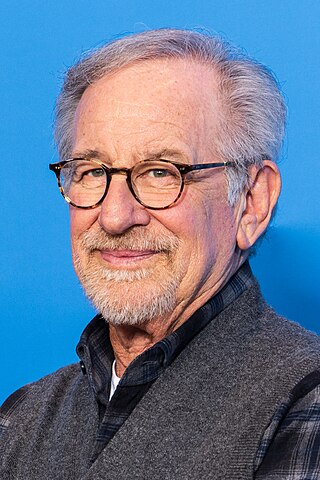
Steven Allan Spielberg, is an American film director, producer and screenwriter. A major figure of the New Hollywood era and pioneer of the modern blockbuster, he is the most commercially successful director in history. He is the recipient of many accolades, including three Academy Awards, two BAFTA Awards, nine Golden Globe Awards, and four Directors Guild of America Awards, as well as the AFI Life Achievement Award in 1995, the Kennedy Center Honor in 2006, the Cecil B. DeMille Award in 2009 and the Presidential Medal of Freedom in 2015. Seven of his films have been inducted into the National Film Registry by the Library of Congress as "culturally, historically or aesthetically significant".

The Bridge on the River Kwai is a 1957 epic war film directed by David Lean and based on the 1952 novel written by Pierre Boulle.

Sir David Lean was an English film director, producer, screenwriter, and editor, widely considered one of the most important figures of British cinema. He directed the large-scale epics The Bridge on the River Kwai (1957), Lawrence of Arabia (1962), Doctor Zhivago (1965), Ryan's Daughter (1970), and A Passage to India (1984). He also directed the film adaptations of Charles Dickens novels Great Expectations (1946) and Oliver Twist (1948), as well as the romantic drama Brief Encounter (1945).
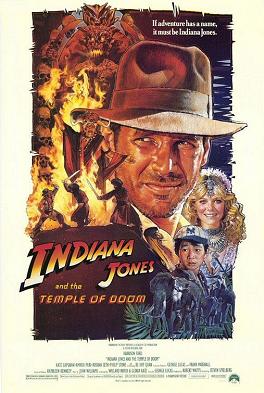
Indiana Jones and the Temple of Doom is a 1984 American action-adventure film directed by Steven Spielberg from a script by Willard Huyck and Gloria Katz, based on a story by George Lucas. It is the second installment in the Indiana Jones film series, and a prequel to Raiders of the Lost Ark. The film features Harrison Ford who reprises his role as the title character. Kate Capshaw, Amrish Puri, Roshan Seth, Philip Stone and Ke Huy Quan, in his film debut, star in supporting roles. In the film, after arriving in British India, Indiana Jones is asked by desperate villagers to find a mystical stone and rescue their children from a Thuggee cult practicing child slavery, black magic, and ritual human sacrifice in honor of the goddess Kali.

John Towner Williams is an American composer and conductor. In a career that has spanned seven decades, he has composed some of the most popular, recognizable, and critically acclaimed film scores in cinema history. He has a very distinct sound that mixes romanticism, impressionism, and atonal music with complex orchestration. He is best known for his collaborations with Steven Spielberg and George Lucas and has received numerous accolades including 26 Grammy Awards, five Academy Awards, seven BAFTA Awards, three Emmy Awards, and four Golden Globe Awards. With 54 Academy Award nominations, he is the second-most nominated person, after Walt Disney, and is the oldest Oscar nominee in any category, at 91 years old.

Empire of the Sun is a 1984 novel by English writer J. G. Ballard; it was awarded the Guardian Fiction Prize, the James Tait Black Memorial Prize and was shortlisted for the Booker Prize. Like Ballard's earlier short story "The Dead Time", it is essentially fiction but draws extensively on Ballard's experiences in World War II. The name of the novel is derived from the etymology of the name for Japan.

Hook is a 1991 American fantasy adventure film directed by Steven Spielberg and written by James V. Hart and Malia Scotch Marmo. It stars Robin Williams as Peter Banning / Peter Pan, Dustin Hoffman as Captain Hook, Julia Roberts as Tinker Bell, Bob Hoskins as Mr. Smee, and Maggie Smith as Granny Wendy. It serves as a sequel to J. M. Barrie's 1911 novel, Peter and Wendy, focusing on an adult Peter Pan who has forgotten his childhood. In his new life, he is known as Peter Banning, a successful but unimaginative and workaholic lawyer with a wife and two children. However, when his old archenemy, Captain Hook, kidnaps his children, he returns to Neverland to save them. Along the journey, he reclaims the memories of his past and becomes a better person.
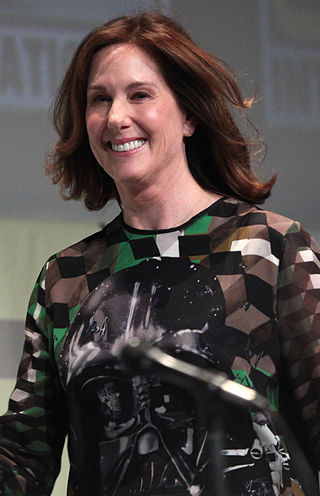
Kathleen Kennedy is an American film producer and president of Lucasfilm. In 1981, she co-founded the production company Amblin Entertainment with Steven Spielberg and her eventual husband Frank Marshall.

Concrete Island is a novel by British writer J. G. Ballard, first published in 1974.

Andrew James Matfin "Jamie" Bell is an English actor. He rose to prominence for his debut role in Billy Elliot (2000), for which he won the BAFTA Award for Best Actor in a Leading Role, becoming one of the youngest winners of the award. He is also known for his leading roles as Tintin in The Adventures of Tintin (2011) and as Ben Grimm / Thing in Fantastic Four (2015).

The spectator shoe, also known as co-respondent shoe, is a style of low-heeled, oxford, semi-brogue or full brogue constructed from two contrasting colours, typically having the toe and heel cap and sometimes the lace panels in a darker colour than the main body of the shoe. This style of shoe dates from the nineteenth century but reached the height of popularity during the 1920s and 1930s.
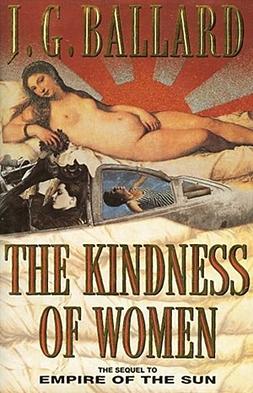
The Kindness of Women is a 1991 novel by British author J. G. Ballard, a sequel to his 1984 novel Empire of the Sun. The Kindness of Women drew on the author's boyhood in Shanghai during World War II, presenting a lightly fictionalized treatment of Ballard's life from Shanghai through to adulthood in England, culminating with an account of the making of Steven Spielberg's 1987 film Empire of the Sun. A non-fiction account of the same experiences can be found in Ballard's autobiography, Miracles of Life.

John Allen Daviau was an American cinematographer known for his collaborations with Steven Spielberg on E.T. the Extra-Terrestrial (1982), The Color Purple (1985), and Empire of the Sun (1987). He received five Academy Award nominations and two British Academy Film Award nominations, with one win. In addition to his work in film, Daviau served as Cinematographer-in-Residence at UCLA.
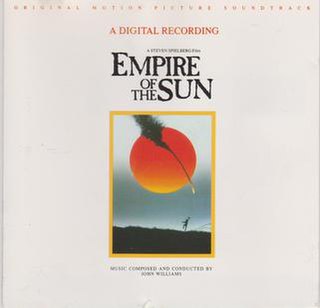
Empire of the Sun is the soundtrack, on Warner Bros. Records, of the 1987 film Empire of the Sun, directed by Steven Spielberg. The original score was composed by John Williams and recorded in September–October 1987.
HMS Peterel was a river gunboat built by Yarrow Shipbuilders at Scotstoun and she was the sixth ship of the Royal Navy to carry the name. Her name used an archaic spelling for consistency with previous Royal Navy Ships of the same name, in contrast to the modern accepted spelling petrel.
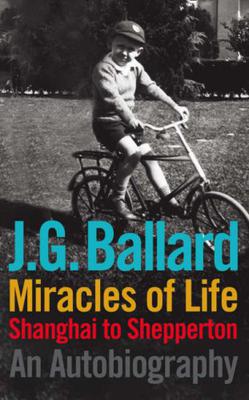
Miracles of Life is an autobiography written by British writer J. G. Ballard and published in 2008.
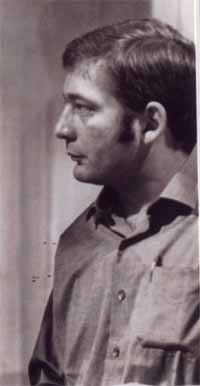
David Tomblin, OBE was a film and television producer, assistant director, and director.

War Horse is a 2011 war drama film directed and produced by Steven Spielberg, from screenplay written by Lee Hall and Richard Curtis. It is based on Michael Morpurgo's 1982 novel of the same name and its 2007 stage adaptation. The film features an ensemble cast that includes Peter Mullan, Emily Watson, Niels Arestrup, Jeremy Irvine, David Thewlis, Tom Hiddleston and Benedict Cumberbatch. Set before and during World War I, its plot follows Joey, a bay Irish Hunter horse raised by British teenager Albert as he is bought by the British Army, leading him to encounter various people throughout Europe, in the midst of the war and its tragedies.




















